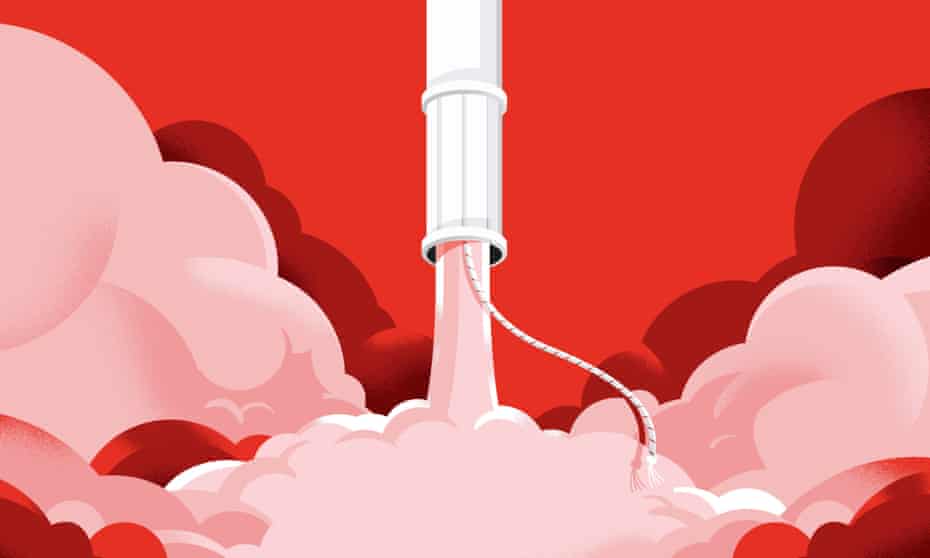Little Known Questions About Why do American women prefer applicator tampons - Quartz.


14 Tampon Size FAQ: Comparison Chart, Types, Fit, Ease of Use, More
Examine This Report on Scotland is making tampons and pads free - CNN
Throughout her study of female anatomy, German gynecologist Judith Esser-Mittag established a digital-style tampon, which was made to be inserted without an applicator. In Need More Info? , Dr. Carl Hahn, together with Heinz Mittag, worked on the mass production of this tampon. Dr. Hahn sold his company to Johnson & Johnson in 1974.

Tampons vsPads: Pros and Cons
Following this, significant business tampon brand names began changing from dioxin-producing chlorine gas bleaching techniques to either elemental "chlorine-free" or "absolutely chlorine free" whitening processes. In the United States, the Tampon Safety and Research Act was introduced to Congress in 1997 as an effort to create openness in between tampon manufacturers and consumers.

Tampax Pearl Super Unscented Tampons, 96 ct- BJs WholeSale Club
Tired of Tampons? Here Are Pros and Cons of Menstrual Cups - Questions
Although yet to be passed, the bill has actually been continually reintroduced, most just recently in 2019 as the Robin Danielson Feminine Hygiene Item Safety Act. Information would likewise be required from manufacturers concerning the existence of dioxins, artificial fibers, chlorine, and other parts (including pollutants and compounds utilized as scents, colorants, dyes, and preservatives) in their feminine health products.
A number of political declarations have actually been made in concerns to tampon use. In 2000, a 10% items and services tax (GST) was introduced in Australia. While lubricant, condoms, incontinence pads and many medical items were related to as important and exempt from the tax, tampons continue to be charged GST. Prior to the intro of GST, numerous states likewise used a luxury tax to tampons at a higher rate than GST.

What Does Feminine Care, Tampons, Regular, 20 tampons - Whole Do?
In the UK, tampons undergo an absolutely no rate of worth added tax (BARREL), instead of the basic rate of 20% used to the huge bulk of items offered in the country. The UK was previously bound by the EU barrel instruction, which required a minimum of 5% barrel on hygienic items.
In Canada, the federal government has actually removed the products and services tax (GST) and harmonized sales tax (HST) from tampons and other menstrual hygiene items since July 1, 2015. In the United States, access to menstrual products such as pads and tampons and taxes added on these products, have actually also been controversial topics especially when it pertains to individuals with low income.
